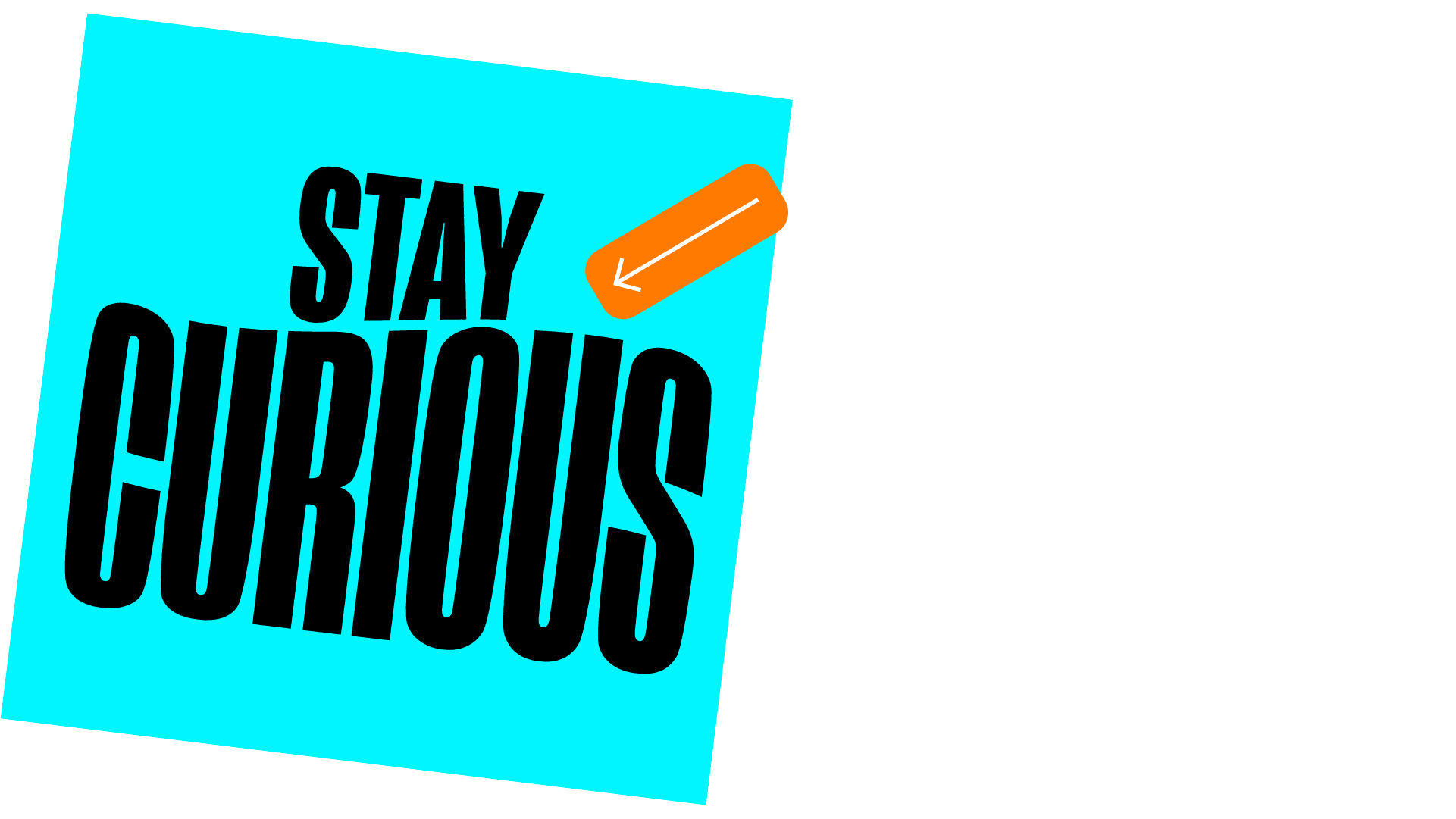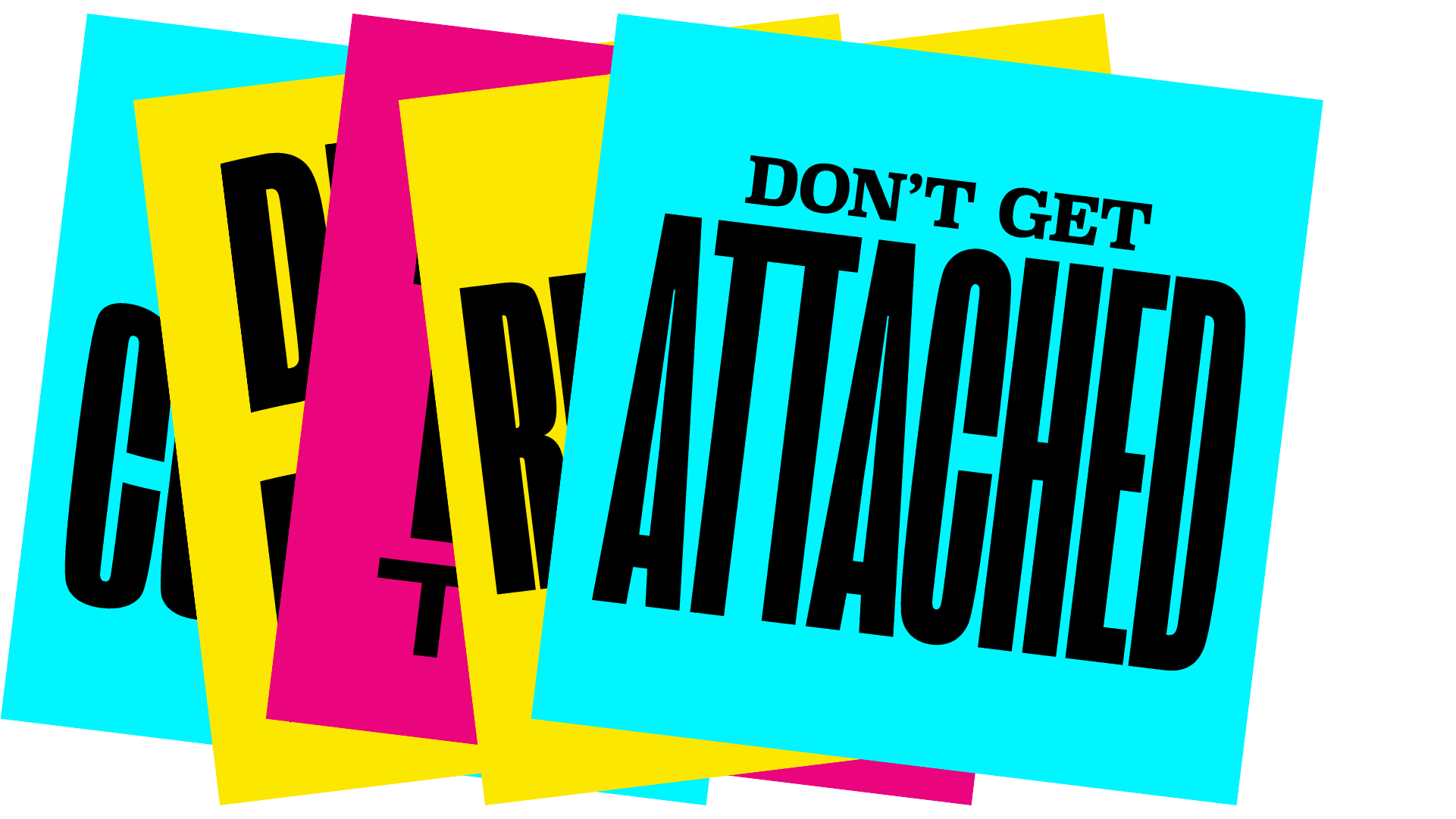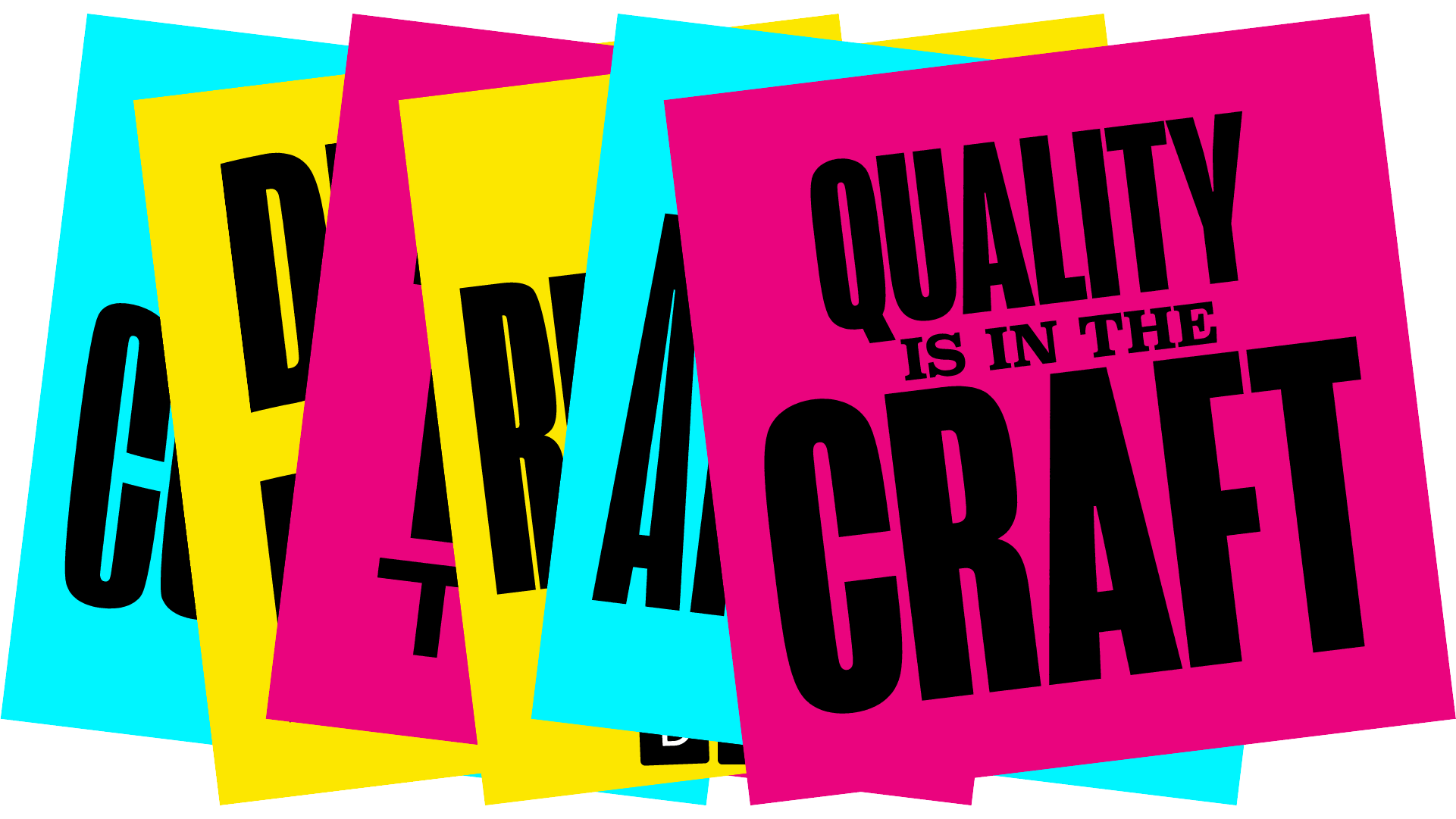A Decade of Doing Design.
I remember being a fresh faced graduate back in 2012, armed with a degree in Graphic Design and completely naive to the challenges and struggles that lay ahead. If only I could have sent my graduate self a couple of bits of advice to help him on his way! Well, sadly I don’t possess the power to go back in time and help young Mike, but I’m hoping this article might be useful to a designer or two out there.
2022 marked my 10th year in the design industry (my 7th at ilk). In those years, there have been plenty of challenging/fun/heartbreaking/stressful/tearjerking/joyous experiences, in which I’ve learnt a lot. So a few years ago, in fear of waking up with impromptu amnesia or stumbling into a chance meeting with my younger self, I started writing these things down.
The list has grown quite long now, so in fear of boring readers to death I’ve whittled them down to a top 6.

Stay curious
Never believe you know everything.
I know this one sounds like one of those cliché prints off Etsy. But it’s so important. Don’t let an unfamiliar piece of software stop you in your tracks. Don’t let a tricky illustration style put you off. Always listen to new knowledge, regardless of seniority or specialism. Don’t be that stubborn knobhead who pretends they know everything and can’t learn anymore than they know already. In doing so you’re at risk of becoming a dinosaur, susceptible to extinction, still designing like it’s 1999.

The design is a means. Not an end.
Design is a message vessel. What are you saying?
It’s all about communicating the purpose, everything should be working towards conveying that message. As designers, it’s not just about making things look good or having a style. It’s creating purpose and utilising design as a communication device. After all, the bare bones of design makes for a pretty uninteresting Mastermind subject*, it’s the message and the content which creates excitement.
The aesthetics should always be informed by idea or purpose, create a genuine presence that has the values properly ingrained into the design (see: tone tone tone).
*Typography, colours, grids etc. – I mean don’t get me wrong, I love a good grid and a lovely typeface and good colour palette, but let’s be honest, it’s not THAT exciting of a conversation.

Tone! Tone! Tone!
Create brand characteristics to inform the design.
There are far too many examples of design that is just dressed up in fancy outfits, sadly behind this fancy pants façade is a resoundingly unoriginal and pretty ‘meh’ response to a brief.
For me, it’s not just about how it looks, more importantly, it’s how it lives. It’s about focusing on the mechanics, a set of values, that inform all future decision making. These values form the tone, and are the whopping V10 engine that drives your project forward. So the first part of any project is about loading that engine up with fuel.
Let’s take Alan Partridge*, a tasteless and inept right-wing broadcaster whose bloated sense of celebrity drives him to treachery and shameless self-promotion. We need to throw all of these undesirable elements into that engine. Sure, the end result is going to be cheesy, it’s going to be trying too hard, it’s going to be attention seeking, there may be some questionable font choices, but this is what is going to truly carry the tone of this despicable man.
*Extreme example, no respectable client wants to be like Partridge.

Be ruthless.
Don’t dither.
It’s important to avoid dithering during projects, this is especially difficult when you’ve just come out of university and you suddenly go from having weeks and months to explore and deliberate, then all of a sudden you’ve got to come to a conclusion on a similar decision in just a couple of hours.
It’s all about being relentlessly and honestly critical of your own work, questioning it at all times. This is a really tricky one especially starting out in the industry, it can take time to build up that confidence, this is where it helps to have a team around you to assist with these decisions.
Understand the brief well, don’t start any design work until you have a rough idea of your direction, this puts you in a great position to quickly nail down that idea. And if you believe you’ve got a good idea, persist with it, if you’re not convinced of your idea, why are you wasting your time on it? Set yourself mini deadlines that work back from your final deadline (e.g. by 11am I need to nail down a concept, by 2pm I need to have a more refined logo… etc.)

Don’t get attached.
It’s likely someone will shit on your work.
Sometimes work just doesn’t land with some people, as good as your work may be. So in the name of maintaining your own mental sanity, be prepared for this, and don’t let it knock your confidence. Learn from it and move on, but don’t let it scare you.
If your only aim as a designer is to please everyone then you’re in the wrong job. We should take risks and run with ideas to elevate a project, settle for anything less and you’re very much in danger of becoming a bit of a wet lettuce.

Quality is in the craft.
Spend time crafting any hero elements.
Don’t scrimp on your time here! It’s worth spending time really working on any flagship elements. For example, if you are designing a new beer brand, focus on the front of the can/bottle, this is the focal point of your brand, everything should flow from this and will breathe life into the rest of the project. So don’t go spending hours working up a logo, website and merch. These elements are secondary in the brand and should all be informed by the hero elements.
So there it is, 6 things I’ve picked up in my first decade in design. By the way, the industry is rife with people telling us what we should do and how to do stuff. So please, don’t think I’m saying this is a guide to being a successful designer. After all, there is not one way to do anything – there is only your way. Find your own happy place, don’t live in someone else’s.